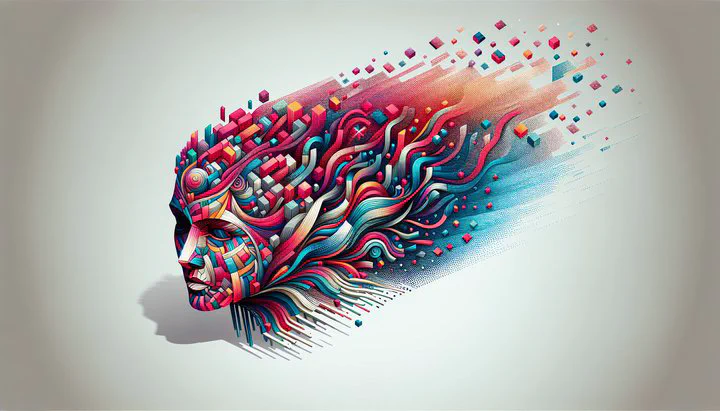How to Remove White Background in InDesign Vector Pattern

How to Remove White Background in InDesign Vector Pattern
Have you ever imported a vector pattern into Adobe InDesign and been surprised to find a white background where you didn’t want one? You’re not alone! Many designers face this issue and wonder how to fix it. Let’s dive into why this happens and how to solve it effectively.
Understanding Vector Patterns and Backgrounds
Vector patterns are fantastic for creating designs that can be resized without losing quality. They’re perfect for logos and intricate designs. However, when you import these vectors into InDesign, a white background might appear unexpectedly. This can be annoying if you’re trying to get rid of the white background of your border or hoping to have the vector and not the white border.
So why does this happen? Often, the background in InDesign is not white by choice but by default. If the original file wasn’t set up with transparency, it might automatically show a white background. This can make your design look less finished if you don’t address it.
Transparency in design is important. It helps different parts of your design fit together smoothly. If you want to remove the vector’s background and ensure your design looks exactly as you imagined, it’s crucial to set everything up correctly. Now that we understand the problem, let’s move on to the solution!
Step-by-Step Guide to Removing White Backgrounds
Here’s how to remove the white background in InDesign vector pattern, step by step:
Step 1: Check Your Import Settings
Before you start, ensure your import settings are correct. When you bring a vector into InDesign, select “Place” from the File menu. Make sure the “Show Import Options” box is checked. This lets you set the background to transparent if the original file allows it.
Step 2: Use the Direct Selection Tool
Select the Direct Selection Tool (the white arrow) from the toolbar and click on your vector pattern. This tool helps you adjust parts of your vector. (Include screenshot of using the Direct Selection Tool)
Step 3: Adjust Transparency Settings
With your vector selected, go to the Effects panel on the right. Here, you can change the opacity and blending mode. Opacity controls how see-through the vector is, and blending mode affects how it interacts with other layers. If the background in InDesign is not white like you want, adjust these settings to make your vector pattern transparent.
Step 4: Tweak the Layers
Open the Layers panel and find your vector pattern. Make sure it’s on its own layer. This helps you get rid of the white background of your border more easily.
Step 5: Save and Export Correctly
After you’re happy with your vector, save your work. For exporting, choose File > Export and select PNG or PDF formats that keep transparency. This ensures your design is clear and free of unwanted borders.
By following these steps, you can remove the white background in InDesign vector pattern and keep your design professional. Practice these techniques to see what works best for your projects.
Tips for Maintaining Vector Quality
Congratulations on learning how to remove the white background in InDesign vector pattern! Let’s ensure your vectors stay sharp and professional.
Keep Vectors Sharp with Correct Export Settings
To keep your vectors looking good, export them correctly. Choose PNG or PDF to keep transparency and detail. This ensures your design stays clear and free of unwanted borders. Check the resolution: 300 dpi is ideal for print, while 72 dpi is good for the web.
Avoid Common Pitfalls
Resizing can blur vectors. Always keep a copy of the original file. If you need to resize, do it in Adobe Illustrator before importing into InDesign.
Use High-Quality Source Files
Start with high-quality vector files. A good source file makes it easier to remove the vector’s background without losing clarity.
Regularly Check Your Layers and Effects
Layers and effects can change how your vector looks. Check the Layers and Effects panels to make sure everything is set correctly. This ensures the background in InDesign is not white unless you want it to be.
By following these tips, you can maintain vector quality and ensure your designs look their best. Remember, great design is about paying attention to detail and practicing. Keep experimenting and learning new techniques!
Join the Conversation
We’d love to hear from you! Share your experiences or ask questions in the comments below. Let’s support each other in our design journeys. Happy designing!